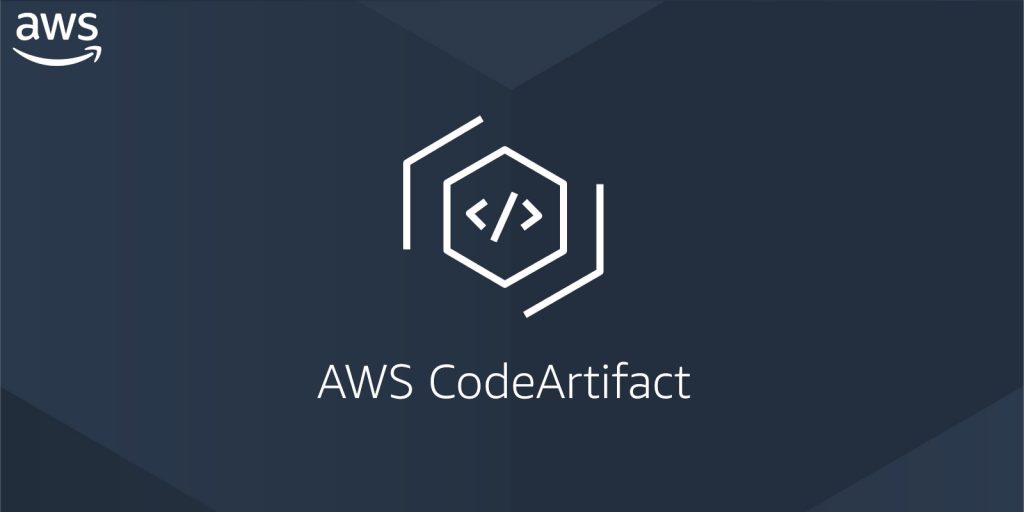AWS DevOps Blog
Tag: How-to
AWS CodeArtifact and your package management flow – Best Practices for Integration
You often use artifact repositories to store and share software or deployment packages. Centralized artifacts enable teams to operate independently and share versioned software artifacts across your organization. Sharing versioned artifacts across organizations increases code reuse and reduces delivery time. Having a central artifact store enables tighter artifact governance and improves security visibility. This post […]
Receive AWS Developer Tools Notifications over Slack using AWS Chatbot
Developers often use Slack to communicate with each other about their code. With AWS Chatbot, you can configure notifications for developer tools resources such as repositories, build projects, deployment applications, and pipelines so that users in Slack channels are automatically notified about important events. When a deployment fails, a build succeeds, or a pull request […]
Setting up a CI/CD pipeline by integrating Jenkins with AWS CodeBuild and AWS CodeDeploy
In this post, I explain how to use the Jenkins open-source automation server to deploy AWS CodeBuild artifacts with AWS CodeDeploy, creating a functioning CI/CD pipeline. When properly implemented, the CI/CD pipeline is triggered by code changes pushed to your GitHub repo, automatically fed into CodeBuild, then the output is deployed on CodeDeploy. Solution overview […]
Improve Build Performance and Save Time Using Local Caching in AWS CodeBuild
AWS CodeBuild now supports local caching, which makes it possible for you to persist intermediate build artifacts locally on the build host so that they are available for reuse in subsequent build runs. Your build project can use one of two types of caching: Amazon S3 or local. In this blog post, we will discuss […]
How to Enable Caching for AWS CodeBuild
AWS CodeBuild is a fully managed build service. There are no servers to provision and scale, or software to install, configure, and operate. You just specify the location of your source code, choose your build settings, and CodeBuild runs build scripts for compiling, testing, and packaging your code. A typical application build process includes phases […]
How to Create an AMI Builder with AWS CodeBuild and HashiCorp Packer
Written by AWS Solutions Architects Jason Barto and Heitor Lessa It’s an operational and security best practice to create and maintain custom Amazon Machine Images. Because it’s also a best practice to maintain infrastructure as code, it makes sense to use automated tooling to script the creation and configuration of AMIs that are used to […]
Use AWS CloudFormation to Automate the Creation of an S3 Bucket with Cross-Region Replication Enabled
At the request of many of our customers, in this blog post, we will discuss how to use AWS CloudFormation to create an S3 bucket with cross-region replication enabled. We’ve included a CloudFormation template with this post that uses an AWS Lambda-backed custom resource to create source and destination buckets. What is S3 cross-region replication? […]
Introducing Git Credentials: A Simple Way to Connect to AWS CodeCommit Repositories Using a Static User Name and Password
Today, AWS is introducing a simplified way to authenticate to your AWS CodeCommit repositories over HTTPS. With Git credentials, you can generate a static user name and password in the Identity and Access Management (IAM) console that you can use to access AWS CodeCommit repositories from the command line, Git CLI, or any Git tool […]




